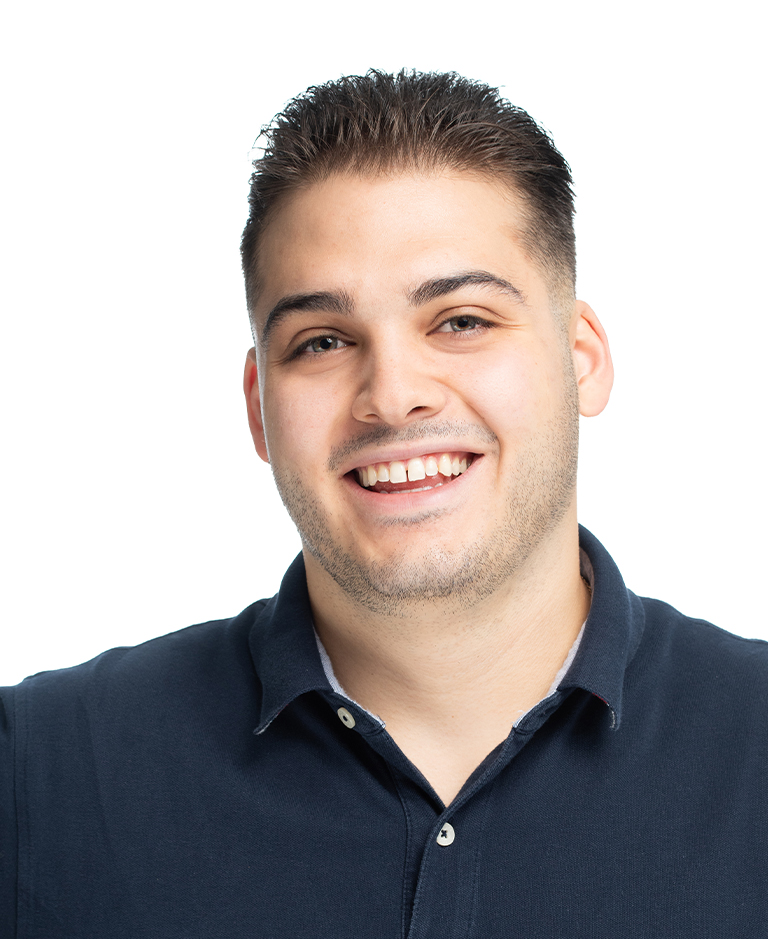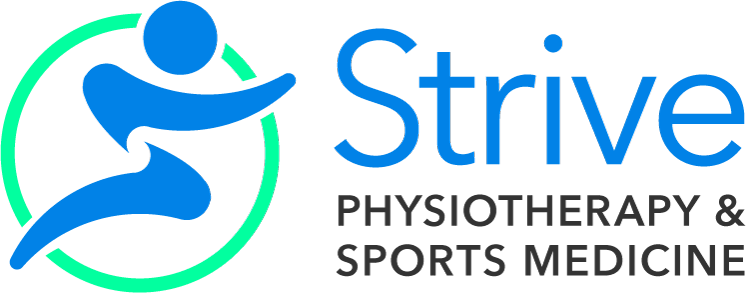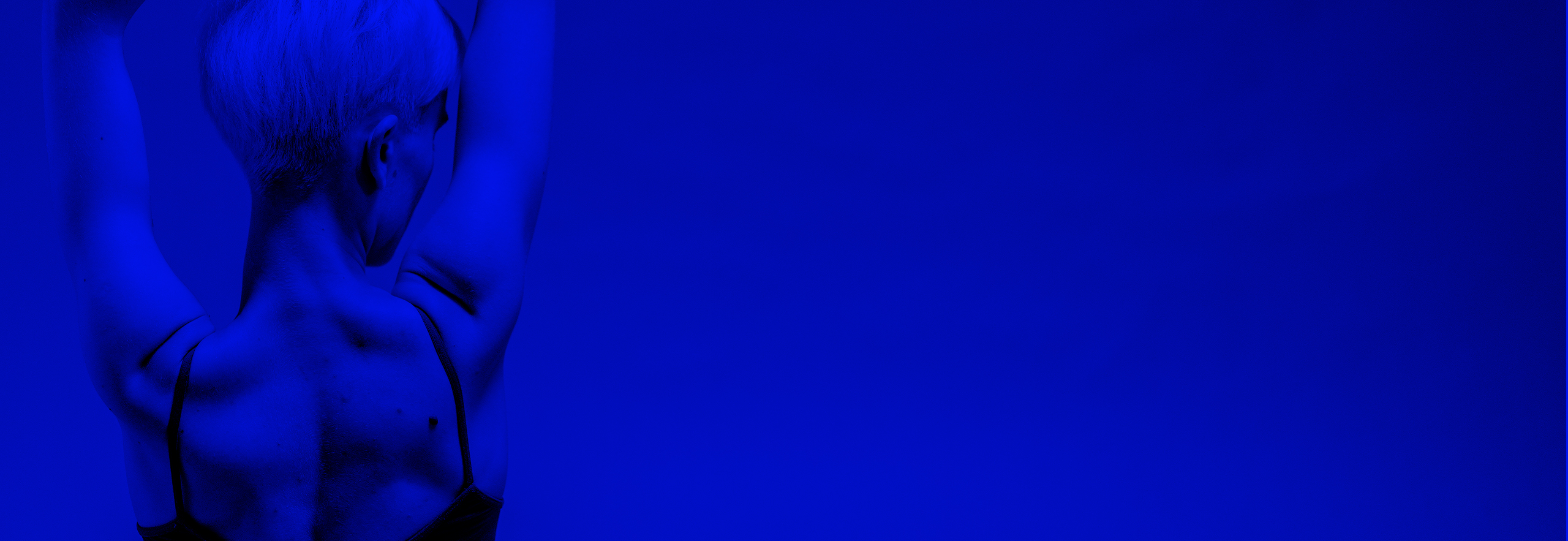Discs are located between the vertebrae at all levels in your spine and are made up of an outer an inner layer. A disc herniation occurs when there is a disruption to one of these layers.
What is a disc?
Discs are located between the vertebrae at all levels in your spine and are made up of an outer an inner layer. The outer layer (annulus fibrosus) is made up of dense cartilaginous rings and the inner layer (nucleus pulposus) is made up of a thick jellylike substance. Together these two layers create a cushion between the vertebrae to assist with shock absorption and stability
What causes a disc herniation? Common symptoms?
- A disc herniation occurs when there is a disruption or failure of the annulus fibrosis, impacting its ability to contain the nucleus pulposis. When this occurs, the nucleus pulposis can protrude or bulge, placing pressure on the surrounding nervous tissue and causing pain.
- The most common regions to have a disc herniation are in your neck and low back.
- A person’s symptoms will depend on the location and the extent of the herniation but may include:
- Back or neck pain that is sharp, electric and shooting (nerve pain) and muscle tightness and guarding.
- Numbness, tingling or weakness (also nerve related pain)
- Pain radiating into the arms, legs or gluteal area, depending on the level the disc herniation and affected nerves
- Pain with forward bending and sitting
How long does it take to recover?
- Recovery time for symptoms related to a disc herniation can vary widely depending on the severity of the herniation and the level of the involved disc. While most individuals experience pain relief in the first few weeks of treatment, if you are experiencing nerve pain it often takes 12 weeks.
- During the first 6 weeks, treatment goals are to get your pain under control and encourage you to keep you moving. Sleep can often be disrupted and you may need medication to help settle the nerve pain and improve your ability to sleep. It is important to remember that everyone with neck and back pain is different. What helps one person may not help you. Getting assessed by someone who is experienced with treating spinal pain is key.
- During weeks 7-12, your pain will be better managed, you will continue to progress with your mobility, strength and endurance exercises. You will be feeling stronger and sleeping better. Under the direction of your Physician, you may even start to wean from your medications.
How can physiotherapy help with a disc herniation?
- Strive physiotherapists are up to date on the current treatment approaches and pain science education to help you better understand what is happening, reassure and guide you in safe movements during your recovery.
- To help treat pain related to a disc herniation, your Strive physiotherapist will conduct a thorough examination which will include neurological screening and assessment of posture, mobility and movement. Based on the findings, you will be prescribed a tailored exercise program to strengthen the core and other muscles supporting the spine, as well as mobility exercises to improve the mobility of the spine and surrounding musculature. Your Strive physiotherapist will also implement a variety of hands on techniques such as soft tissue release, passive stretches, traction, joint mobilization and acupuncture or dry needling to reduce pain and discomfort.
How can massage therapy help with a disc herniation?
- Massage therapy can be used to treat secondary effects of disc herniation such as increased tightness that may develop in the muscles around the area affected by a disc herniation. Your Strive massage therapist will use hands on techniques to release the affected muscles and fascia to address the body’s compensations that may be contributing to your pain.
How can Sports Medicine/Physiatry help with a disc herniation?
- Your Strive Physiatrist and Sport Medicine Physicians are experts in the assessment of low back pain. They can prescribe medications to help with nerve related pain, improving your ability to move and sleep. Should you need more help managing your pain, they can refer to specialized clinics that offer ultrasound guided injections. While most low back pain does not require imaging in the early stages to successfully diagnosis and treat, depending on your symptoms, they are able to order imaging of the affected area such as and X-ray, MRI or CT to investigate further.
Self-Care Strategies
What are the best exercises to help with my disc herniation?
- To get started in treating your disc herniation, check out our disc herniation home exercise program. Please keep in mind that these exercises were designed to be a starting point for improving your symptoms and should not be performed if they cause pain or increase discomfort. Remember that pain is not the same for everyone, so proceed slowly and if it makes your symptoms worse in any way, stop.
- Standing lumbar extension
- Dead bug (just legs)
- Supine pelvic tilts
What else can I do to treat my disc herniation?
- Try to move a little every hour. It doesn’t have to be much, maybe just a walk around the house. Monitor how you are feeling and avoid activities aggravate your symptoms.
- Seeking help early and adherence to an individualized home exercise program can help improve outcomes and jump start the recovery process.
- Activity modification such as changing positions before your symptoms get too intense and taking frequent movement or stretch breaks during long periods of sitting can help decrease the intensity and frequency of your pain.
- Ice and heat are both helpful for managing pain. Depending on what feels best for you, apply to the sore area for 10-15minutes, giving at least 1 hour in between.

Stefanos Goulas
HBScKIN,MScPT
Registered Physiotherapist
Growing up playing football, rugby and lacrosse, Stefanos received extensive coaching in strength training, Olympic lifting and sprinting. His personal and clinical experience in these areas has instilled a deep understanding of the biomechanical and technical demands necessary for peak athletic performance. Stefanos believes that successful rehabilitation goes beyond simply treating an injury; it requires an understanding the whole person, their lifestyle and their goals. He integrates exercise prescription, manual therapy and education to create individualize treatment plans tailored to each patients’ unique needs. Whether he is working with athletes or members of the community, Stefanos is committed to helping his patients meet their goals and return to the activities they enjoy with confidence. Originally from British Columbia, Stefanos relocated to Ontario to pursue post-secondary education, earning an Honors Bachelor of Science in Kinesiology from McMaster University and a Masters in Science in Physical Therapy from the University of Toronto.


